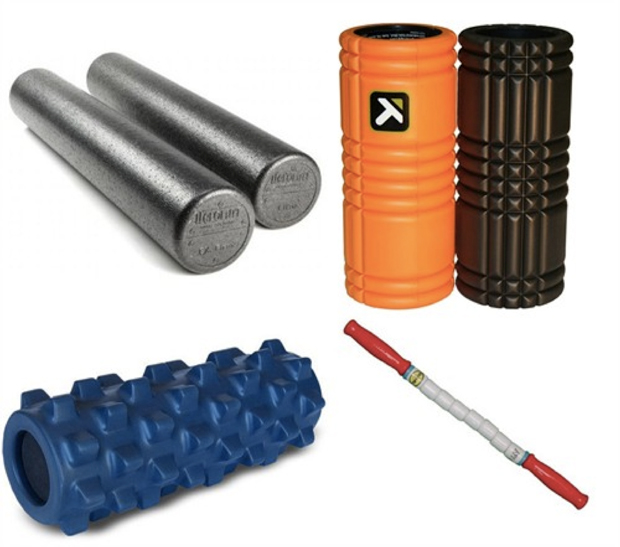Why does foam rolling hurt and why will it make you looser?
“Foam Rolling hurts!”
The foam roller can indeed causes soreness but not because it is the roller’s fault! This is due to fact that the individual has a tightness in that particular area, say we use the front thighs (quadriceps) as an example.
When muscles develop trigger points and “hot spots”, it is a simple way the body telling you that those quadriceps are working too hard. This can be due to:
- Overuse of those muscles when exercising
- Inadequate muscle tone, which creates tension in the muscle, but because the muscles can’t handle the load, the massage goes deeper
- Past injuries rendering the muscles to guard and overprotect…(you will realize soon that this guarding also “robs” abilities from supporting muscles and joints)
The quadriceps will stay tight if this is not addressed and stretching can only go so far. It is imperative that the foam rolling be done BEFORE stretching! Why? Because:
- The foam rolling will increase local blood flow to the muscles in question
- The foam rolling will “soften” the muscles
- The foam roller will undo any knots allowing the stretch to be way more enhanced and be more effective!
That being said, rolling on the foam roller will eventually get easier and better with less sore spots. This is an indication that it is working provided you stretch the tight muscles afterwards and strengthen or activate the weaker ones.
Yet, rolling can still be quite painful. If this is the case and for people who cannot support their body weight for any reason (wrists, shoulders, body weight), one can use a rolling pin (or similar products: The Stick, The Tiger Tail) and MANUALLY release tissue tension in said muscles!
Common muscles to roll: quads, hamstrings, calves, peroneals, ITBands, glutes, upper back, shoulder blades, shins, inner thighs, etc.




